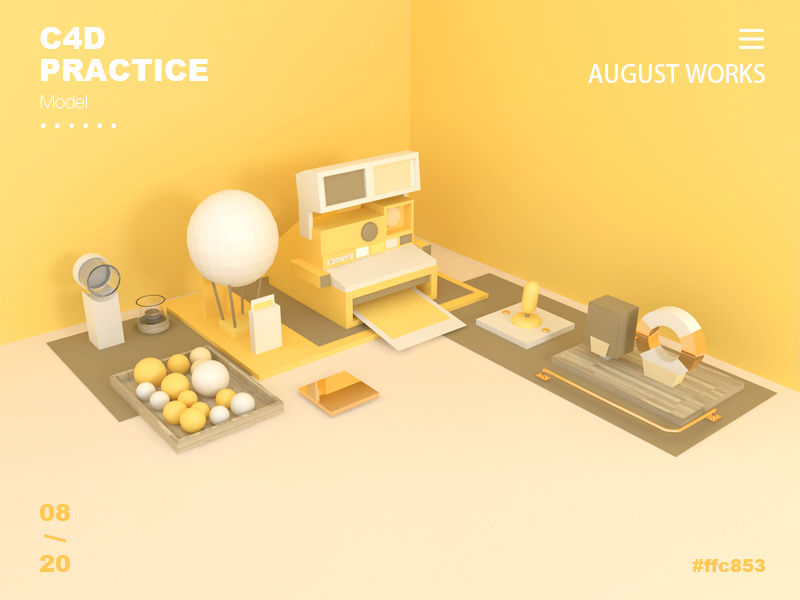

This video walks through all the basics for placing, moving, and sizing objects, and for using layers to organize the elements of your design. One great thing about this particular video is that it focuses on using Cinema 4D specifically for 3D printing, and will show you how to set up your workspace, choose appropriate scale settings, and understand which Cinema 4D effects are intended for animation/visualization and which can be used to modify physical 3D models. If you’re a complete beginner to Cinema 4D, you can get started by learning along with the detailed video tutorial Cinema 4D For 3D Printing – Episode 1 – The Basics from the YouTube Print 3D Channel. This screencast takes you quickly through the creation of a 3D-printable alien tentacle-skull design from scratch in Cinema 4D, and along the way shows you how to handle Boolean operations, work with NURBS modeling, import images from Illustrator, and prepare your model for exporting to STL. Or, if you’re new to Cinema 4D and want to learn the basics, we’ll start at the beginning with some beginner tutorials.įor a quick overview of how Cinema 4D works, check out the walkthough video Intro to 3D printing with Cinema 4D from The Hive. Already using Cinema 4D? This post will help you figure out how to prepare your models for exporting to STL or VRML format for 3D printing.

It’s also fairly intuitive, and can be used to create and export models suitable for 3D printing.

Cinema 4D is a powerful, professional modeling software program that can be used for 3D animations, motion graphics, and generating 3D effects.


 0 kommentar(er)
0 kommentar(er)
